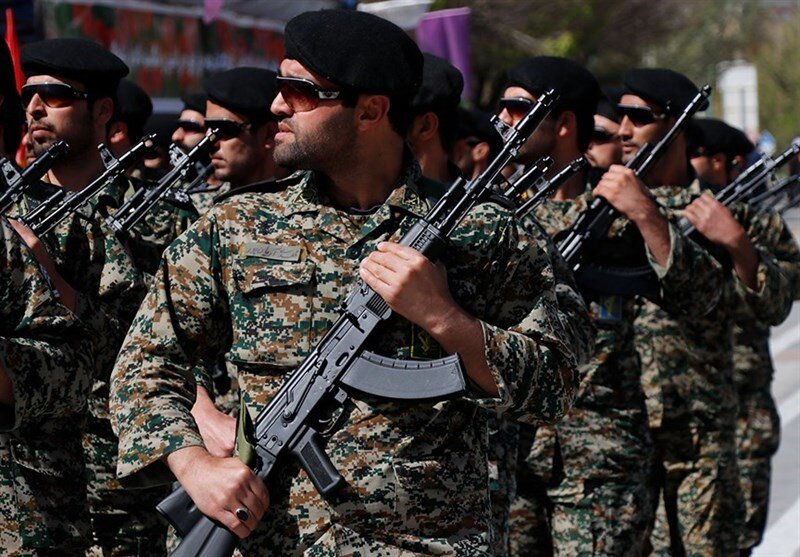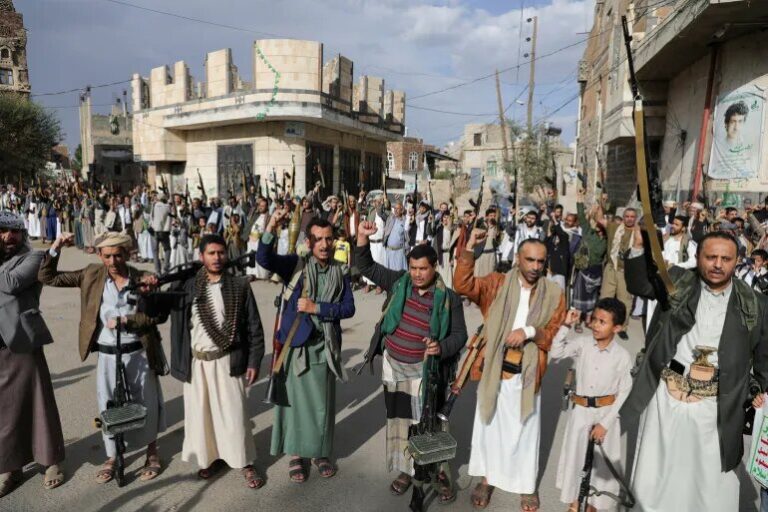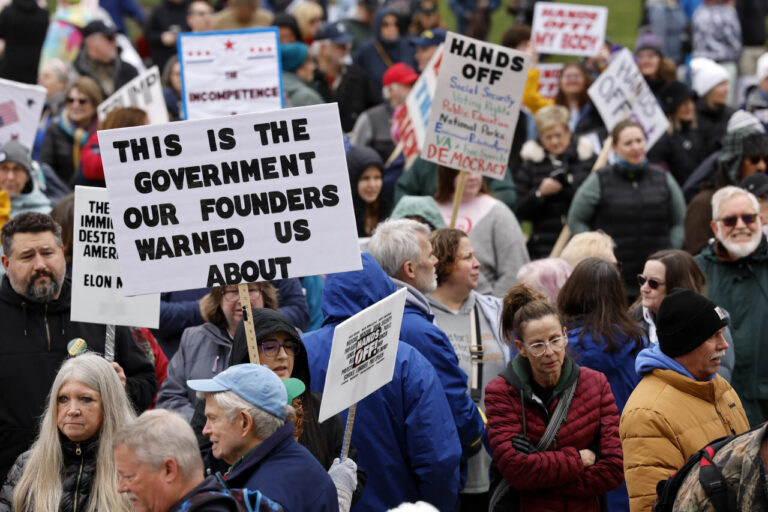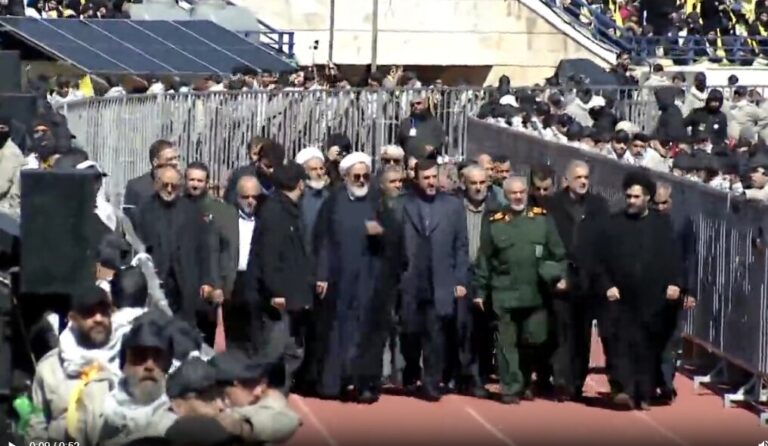No Iranians Among Casualties in Recent US Airstrike in Yemen, Sources Confirm
The recent airstrike by the US on Al-Fazah, a strategic coastal region in Yemen’s port city of Hudaydah, has sparked significant controversy and debate. This incident has raised concerns about the implications for regional stability and the ongoing conflict in Yemen. According to Yemen’s Minister of Information, Moammar al-Eryani, this airstrike resulted in the deaths of 70 Houthi forces, including several key field commanders and members of the Islamic Revolution Guards Corps (IRGC).
In the wake of these claims, the Tasnim News Agency has disputed the assertions made by al-Eryani, indicating that there is no evidence to support the notion that Iranian personnel were killed in Yemen. This counter-narrative raises questions about the motivations behind the information being disseminated and the broader context of the conflict.
Here are some key points regarding the airstrike and the subsequent reactions:
- Location: The airstrike targeted Al-Fazah, a coastal area in Hudaydah, a significant port city in Yemen.
- Casualties: Yemen’s Minister of Information claims that 70 Houthi fighters were killed, including important commanders.
- IRGC Involvement: Allegations of the presence of IRGC experts among the casualties have been made.
- Disputed Claims: The Tasnim News Agency has labeled the claims about Iranian casualties as false.
- Psychological Warfare: The spread of these stories is seen as an attempt to create a narrative of Iranian involvement in the conflict.
The situation in Yemen has been marked by a complex web of alliances and hostilities, with the Iranian-backed Houthi forces facing off against a coalition that includes Saudi Arabia and the United States. This airstrike adds another layer to an already volatile environment, raising concerns about further escalation in the region.
Iranian military officials have consistently asserted that the Yemeni Ansarullah forces, commonly known as the Houthis, are engaged in their struggle against the US and Israeli actions independently, without direct Iranian military involvement. They argue that the Houthis are fighting to defend their sovereignty and resist foreign aggression.
As the conflict continues, the dissemination of information becomes a critical battleground in itself. The narrative surrounding the airstrike and the subsequent claims of casualties can influence public perception and affect diplomatic relations. Understanding the motivations behind these narratives is essential for grasping the complexities of the ongoing conflict.
Key Takeaways:
- The US airstrike in Yemen has resulted in significant casualties according to Yemeni officials.
- Discrepancies in reported casualties raise questions about the reliability of the information being circulated.
- The narrative of Iranian involvement in the conflict remains contested.
- Psychological operations may be at play, aimed at influencing public opinion and escalating tensions.
The situation in Yemen remains fluid, with various factions vying for power and influence. The implications of foreign involvement, particularly from the US and Iran, continue to shape the dynamics on the ground. As news continues to unfold, it is crucial to approach information with a critical eye, recognizing the potential for misinformation and propaganda in the context of warfare.
In summary, the airstrike on Al-Fazah has not only resulted in tragic loss of life but has also highlighted the complexities of the Yemeni conflict and the role of external powers. As all parties navigate this challenging landscape, the importance of accurate information dissemination cannot be overstated. The ongoing conflict in Yemen is not just a regional issue; it has broader implications that resonate on the global stage.
For those following the developments in Yemen, staying informed about the evolving narratives and the realities on the ground is essential. The situation is a stark reminder of the human cost of conflict and the intricate interplay of local and international interests.






